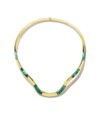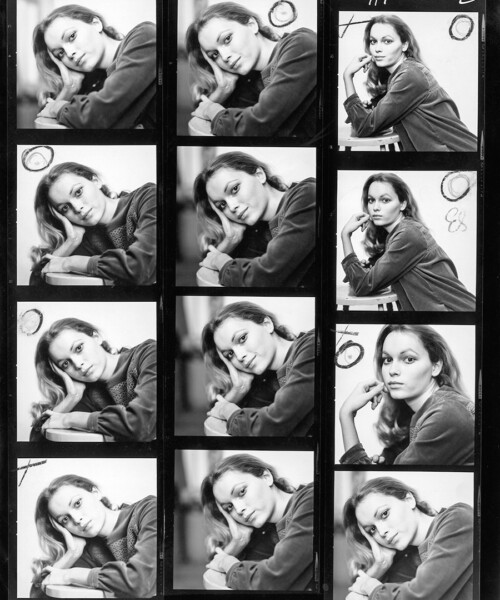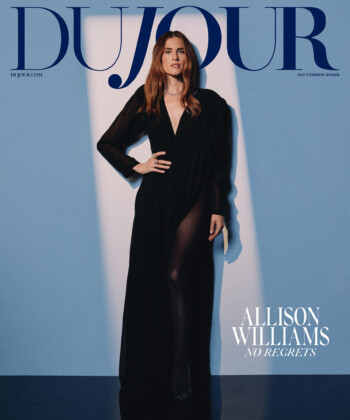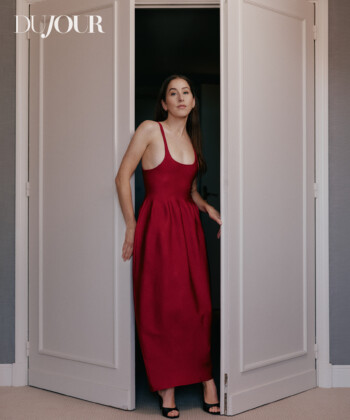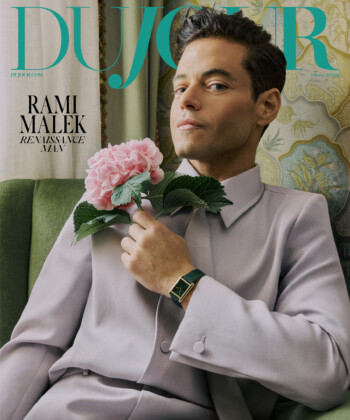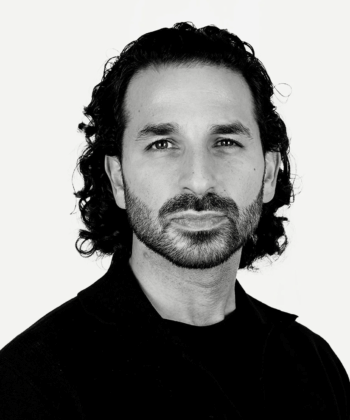The first season of the prime-time soap opera Peyton Place was a tremendous hit in 1964, with its ingénue star, 19-year-old Mia Farrow, drawing a lot of the attention. Photographer Tom Palumbo was struck by Farrow’s wide-eyed beauty and asked his editors at Look magazine if he could shoot her. The answer was yes.
Fifty years later, those photos, rows and rows of contact sheets, are part of a collection I keep in my Manhattan apartment. Palumbo, who happened to be my husband, was a staff photographer at Vogue and Harper’s Bazaar before shooting for Look. He photographed everyone from Grace Kelly and Audrey Hepburn to Miles Davis and Jack Kerouac, but I’ve always thought the Mia shoot was special. This is the first time these particular photos have been published.
I wondered if the Look photos held the same importance for Mia Farrow, and decided to reach out to her, showing her the contact sheets and asking for an interview. She was receptive, delighted to talk to me and share her memories—fond and very specific—of being photographed by Tom.

“Mia Farrow couldn’t take a bad picture,” said photographer Tom Palumbo. For Look he shot hundreds of rolls of film, with Mia wearing a slew of sweaters—or just a towel.
“It was my first photo shoot for a national magazine, and it was very important for my career,” she says. Not that she was a calculating starlet. Although Mia came from a famous Beverly Hills family—her father, writer-director John Villers Farrow, won Oscars and her mother, Maureen O’Sullivan, played Tarzan’s Jane—she was pretty much a shy Catholic schoolgirl when she won her first part, innocent Allison McKenzie on Peyton Place. “I was unbelievably naive, living in a dream world most of the time,” says Mia now.
Tom photographed Mia in two shoots in New York City, one in 1964 and the second in 1965, while she was on break from Peyton Place. By the latter shoot, she was dating Frank Sinatra, 49.
Mia reminisces about meeting Sinatra at the height of his fame. “We were filming the show on a soundstage at 20th Century Fox,” she says. During lunch breaks Mia would roller-skate from lot to lot, curious about what was going on. One day Mia, her hair in braids, wandered onto the set for the war film Von Ryan’s Express. Sinatra, who was sitting with a group of men, looked straight at her.
I share with Mia that my husband had told me that during the shoot she confided in him about her much older boyfriend and pleaded, “Don’t say anything to my mother about Frank Sinatra.”
Mia laughs but insists, “That couldn’t have happened. I told my mother right away I was seeing Frank. She approved.” Soon the whole world knew of the relationship and she was photographed nonstop. Even so, she says, “In those days the media attention was more personal. And slower!”

“Look” magazine went on to put Mia on its cover in 1967, during the filming of “Rosemary’s Baby”, with the cover line: “Mia and Frank Sinatra: Their Two Careers Together and Apart.” The couple divorced the following year.
Tom photographed Mia with her Abyssinian cat in some of the shots. The pictures trigger a flood of memories: “Malcolm was just a kitten,” she says. Because he was blind, Mia had him on a leash and took him everywhere, including her first secret weekend in Palm Springs with Sinatra.
“Frank was the love of my life,” says Mia. At Sinatra’s 1998 funeral she put her wedding ring and a note in the coffin, along with a dime. “That’s because Frank said you should never go anywhere without one.”


